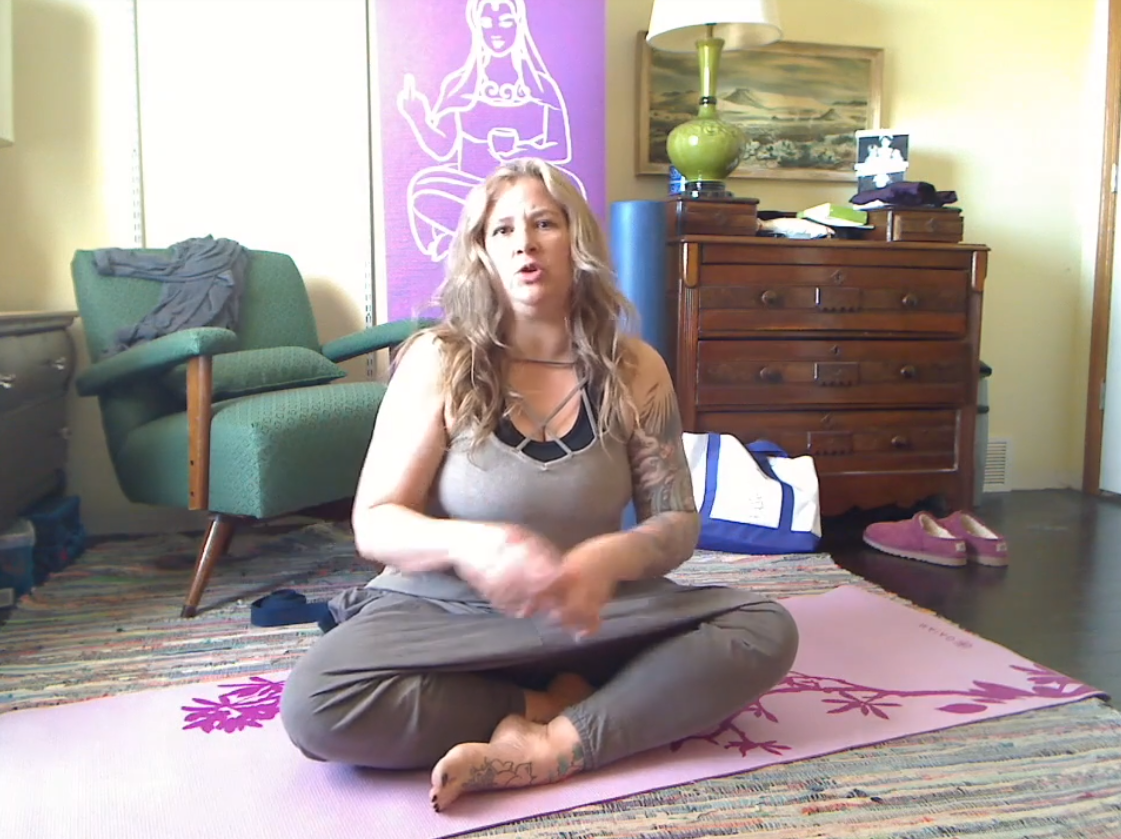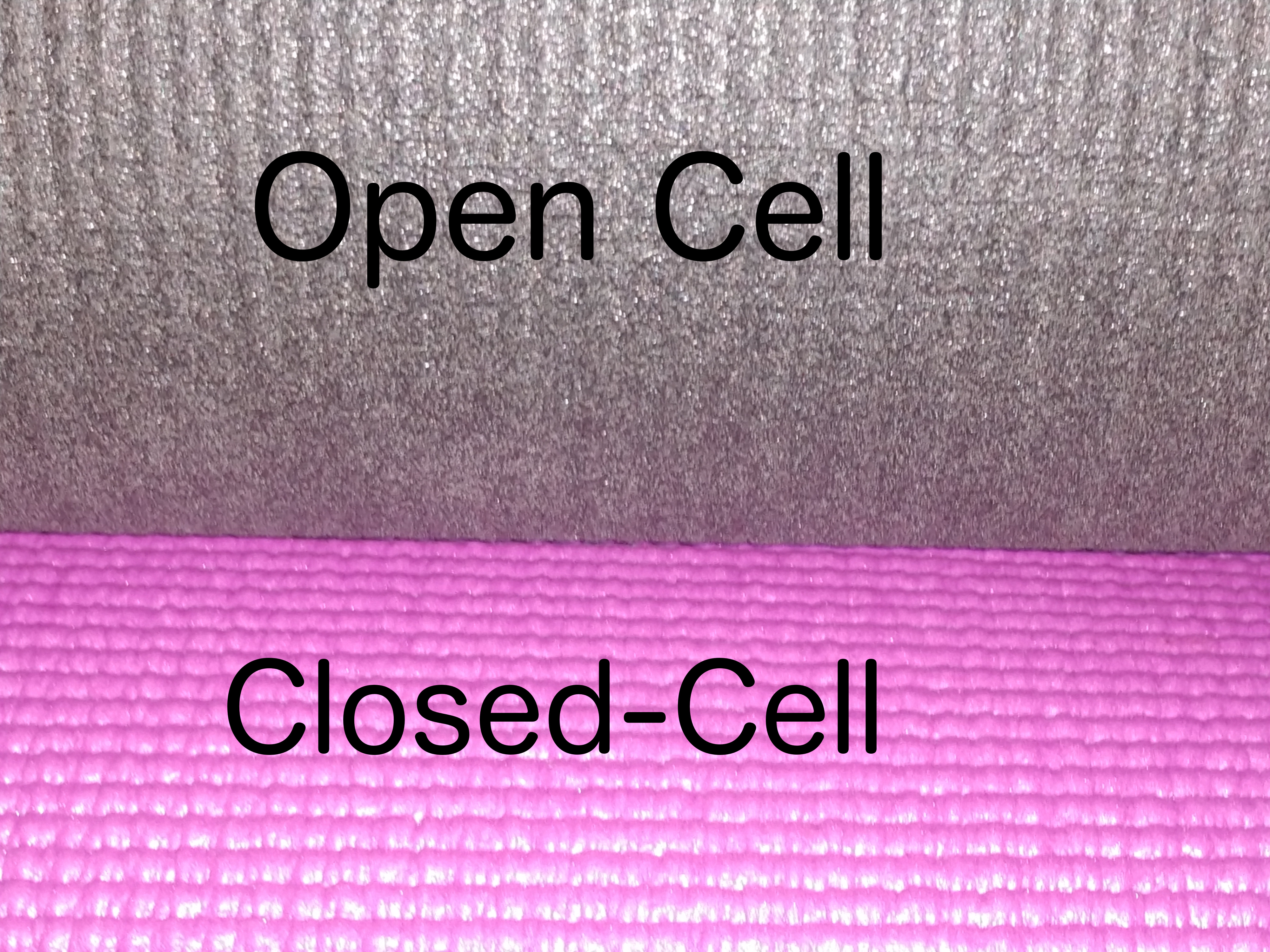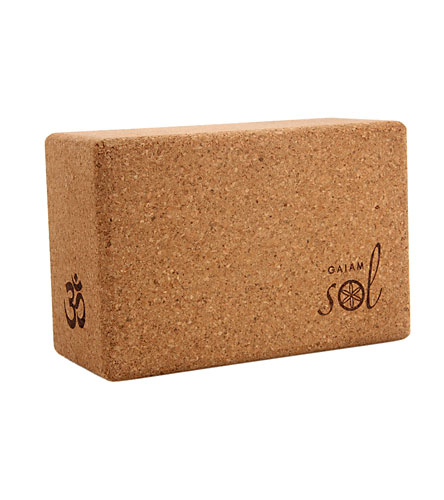What’s In A Yoga Mat?
I can’t believe I haven’t addressed the yoga mat topic yet as often as clients ask. Do I need my own yoga mat? What kind of mat should I get? What’s a good price point?
Do you need your own mat?
YES.
Okay, it depends on how germaphobic you are. Me? Other people’s funk? Oh hell no. People sweat in yoga class. Depending on the type of mats they stock at your gym or studio, those mats have been exposed to all kinds of gunk. And don’t get me started on people’s feet. I have an entire chapter about feet in the coming soon The F*cking Yoga Book, but one of the critical takeaways is GET A BLOODY PEDICURE. At the very least, wash your feet daily. With soap.

If you’re going to yoga for the first time or just beginning a practice, a basic, closed cell mat will do you just fine. Closed-cell mats are the most common type of yoga mat you see. They run approximately 68 inches long by 24 inches wide. Typically, they are run about 3- 5 millimeters thick with puffy bumps.
- If you’re tall, look for an extra long mat, often 72 inches. Nothing sucks harder than a too short yoga mat. Get your mind out of the gutter.
- In my opinion, avoid ‘extra thick’ mats. Anything more than 6 mm (1/4 inch) is going to fuck up your body. If you need the extra cushion, invest in a yoga blanket.
- Firm, not squishy is the way to go. I always recommend a mat with some oomph. You need to protect your wrists from hyperextension. Don’t stack at 90 degrees and don’t buy a squishy yoga mat.
- Do invest in a yoga mat strap. I don’t care how fancy you want to go with your yoga mat carrying options. I have a canvas closed loop strap, and I wouldn’t go without it.
Open cell. Closed-cell. PVC. Toxic-free. Natural fibers. Shit! So much information!

Closed-cell mats tend to be stickier than other mats. These mats are reversible. They are usually, but not always made of Poly-Vinyl Chloride (PVC). Even if some companies tout non-toxic and 6P free, many folks believe they still release bad for you chemicals. While I couldn’t find any scientific studies at the time of writing, the CDC has reported certain types of PVCs have harmfully affected laboratory animals.
You don’t need a sticky yoga mat. Trust me.
Now, if you’re into the environment, and I am, concerns about PVC are real. We can’t recycle it. We can’t burn it. We can’t bury it. Have I used PVC mats? Of course. I repurpose them when they wear out. And they will.
Eco-Friendly, non-toxic, TPE. Buyer beware.
There is a whole range of eco-friendly mats available. They jump into the twenty-five dollar range right off the bat. Some are made of something called TPE, but if you’re worried about plastics and we should all be concerned about plastics for all sorts of reasons, you can go au naturale.
Some yoga mats are made of jute or hemp. Both are natural fibers that have zero chemicals and are completely eco-friendly. I’ve never enjoyed using them because they are scratchy. You also need to read deep into the packaging description because many of these mats are hybrids containing TPE or ‘non-toxic’ PVC, which are not actually non-toxic.
Another alternative is a mat made of cork and natural rubber. I’ve never tried them. Cork mat practitioners rave about their non-slip and self-cleaning, antimicrobial properties. I’m not a hot yoga fan. Too rigidly prescriptive, too much potential for injury, and frankly, too much friggin sweat. Cork mats, quality cork mats, are also EXPENSIVE.

I DO have a cork yoga block that I LOVE. The offspring gave it to me for Yule several years ago. It was a brave move on their part. It’s heavy as fuck. I mean, I could use it to brain an attacker heavy. Also, cork blocks run a bit more pricey than foam, but cork is a renewable resource.
Natural rubber is also an alternative to PVC mats. They are eco-friendly and non-toxic as long as they are 100% tree rubber. They tend to be sticky right out of the package. I used one after an unfortunate incident with my Manduka mat, and it didn’t hold up to my six hours of yoga per week. I thought it smelled. A smell that never subsided.
That said, you may find one perfect for you. Most of you aren’t practicing six hours a week. I recommend three hours a week. Many companies, like Jade Yoga, make these mats in the U.S. and commit to fair trade practices and conservation efforts. Again, these mats are expensive, and I don’t know how they hold up not having used this particular brand.
What kind of yoga mat should I get?
Get a mat that will get you through the first three months of yoga. A third of all Americans have tried a yoga class whether they have stuck with it or not. Think about how much you’d like to invest in something you may rarely or never use. I think ten to fifteen bucks is a fair price for something you might use as cupboard liner down the road. I mean, actual cupboard liner is much more expensive.
If you’ve pushed through the three-month mark and are attending yoga classes on a pretty regular schedule, you’ve either worn out your fifteen dollar mat or are starting to think too much about the mat available to you at the studio. I’d say it’s safe to pop for a twenty to thirty dollar mat.
The Amazon link ISN’T an endorsement of any of those mats, just a quick place to find a mat in that price range.
But Julia, what yoga mat would YOU recommend?

Personally, I’d recommend a single-sided, open cell mat. They take much longer to break in, but I find them to be better tools in the long run. They’re less prone to slip or bunch. They resist dirt and funk. They provide healthier support and encourage healthier alignment, in my experience.
Cons:
You can’t wash them in a machine. The flip side is a quick wipe down with mat cleaner does the job just fine.
They are often heavier to carry.
They tend to be more expensive.
They tend to be more slippery. I use yoga rosin on mine and never have a problem.
My ‘go to, unpaid endorsement though I’d happily accept a new mat if anyone at Manduka is listening, I’ll never use anything else again’ mat is the Manduka Pro. This bad mamma jamma is 71 inches by 26 inches and almost 8 pounds of mat greatness. It’s 6mm thick, but firm, firm, firm. It is made of latex-free PVC certified safe by OEKO-TEX®*, a material certification agency in Europe for the textile industry.
Yes, it’s PVC, but this sucker isn’t showing any signs of wear. It’s also very expensive.
Manduka also makes an eKO line using sustainably harvested tree rubber. Never having used one, I can’t comment on Manduka’s line. Bottomline, baby steps. As long as you’re repurposing those fifteen dollar PVC mats, I don’t care if you buy one after another. Just get your body to a yoga class.
My yoga class preferably.


